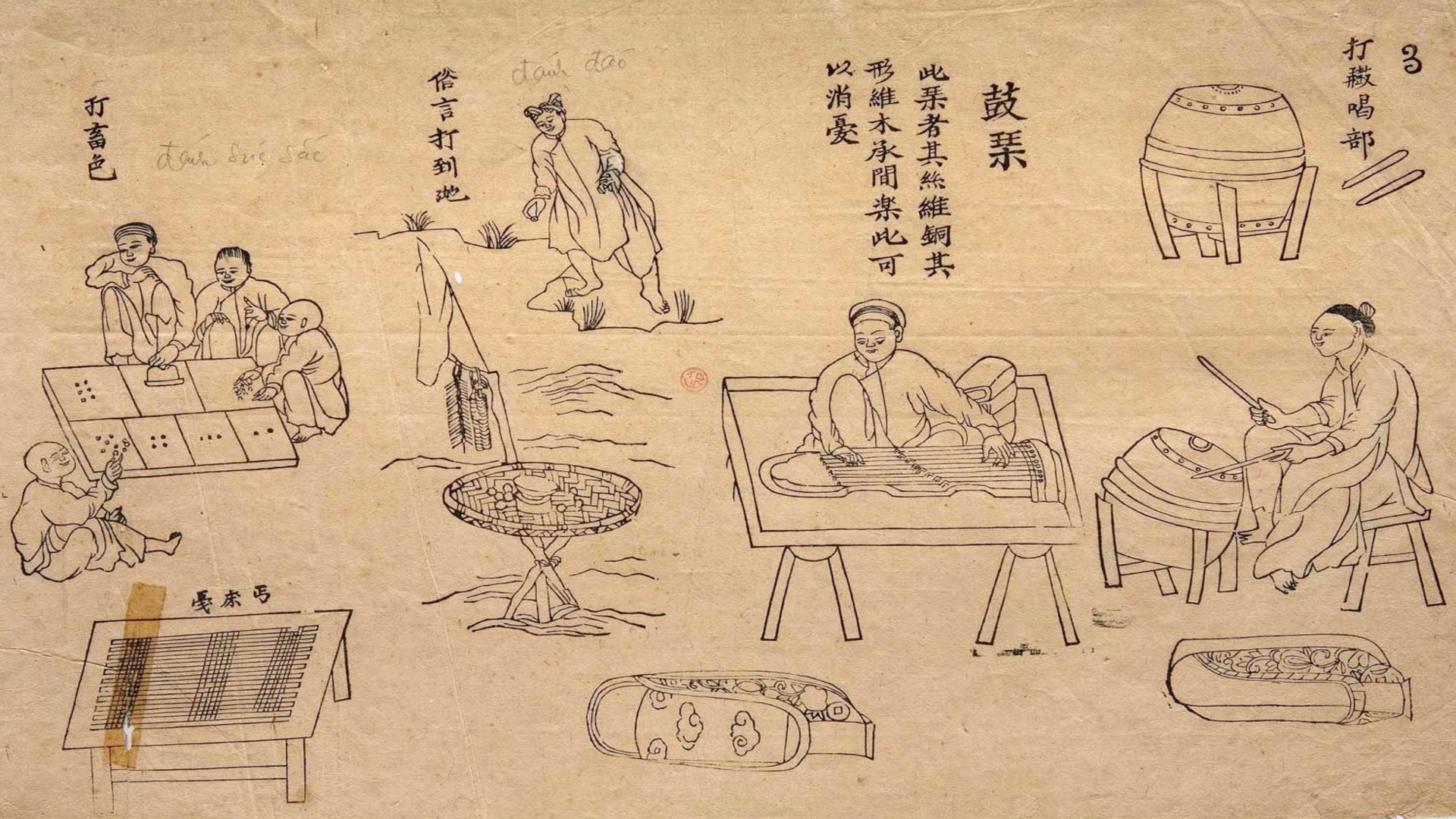Paper 4: The Virtual Rosetta A Tool for Exploring Historical Drawings in VR
Anessa Petteruti, Cindy Nguyen, David H. Laidlaw
View presentation:2021-10-24T19:10:00ZGMT-0600Change your timezone on the schedule page
2021-10-24T19:10:00Z

Abstract
We present the results of a comparative analysis of various layout and design displays for historical drawings. This involved developing a new visualization environment, known as the ”Virtual Rosetta” for a collection of early twentieth century Vietnamese drawings known as Technique du Peuple Annamite (Mechanics and Crafts of the People of Annam) compiled by French colonial administrator Henri J. Oger (1872-1929). In this paper, we discuss similar work that has been pursued by researchers in digital humanities, specifically working in virtual displays of artwork, the design of the Virtual Rosetta, including text readability, wall and text contrast, and organization of drawings, as well as the associated results. We used an analysis technique known as hierarchical clustering utilizing sentence embeddings, a technique in natural language processing in which sentences are mapped to numerical vectors, to organize a subset of the drawings so that drawings with similar text descriptions are located near each other. Performing this on an entire dataset would allow humanities researchers to most effectively and efficiently visualize their findings. We report on user experience and efficacy for a number of virtual environment layouts for displaying drawings and visual information for research analysis in virtual reality.